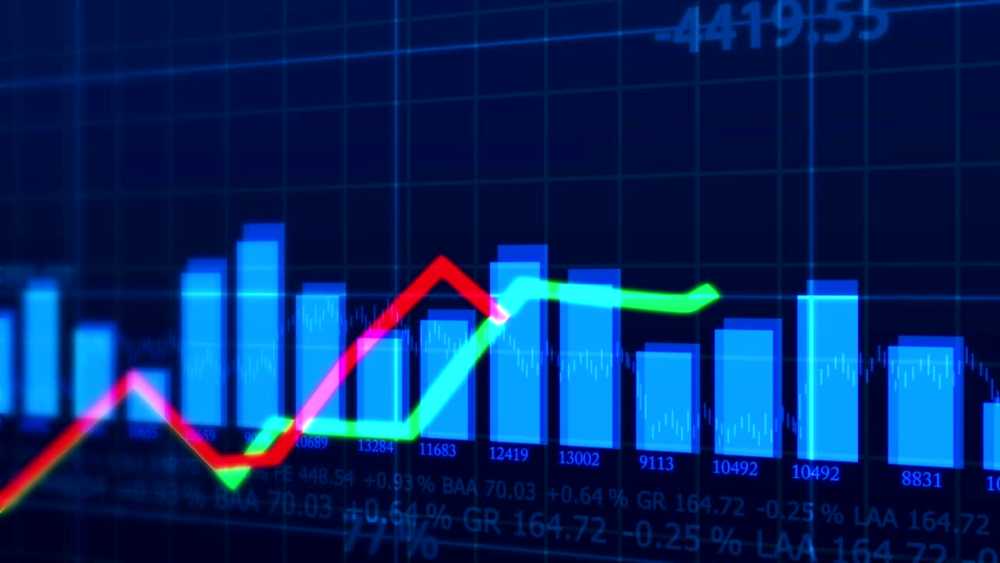Economic indicators often feel like jargon-filled headlines, but they’re fundamentally important to understanding the financial landscape – almost as vital as knowing your car’s gauges. This guide demystifies these critical metrics, which range from market indexes to consumer confidence, explaining how they signal potential economic shifts. By understanding these signals, investors and even everyday citizens can anticipate market movements and make informed decisions about their financial futures. Forget reacting to the news; it’s time to start proactively understanding the economic forces shaping our world.
The Three Types of Indicators
The world of economic indicators can be broken down into three crucial categories, each offering a unique perspective on the market’s health. Leading indicators, like building permits and consumer confidence, offer a glimpse into the future, providing early warning signals of impending economic changes. Think of them as the weather forecast for the economy. Coincident indicators, such as industrial production, provide a real-time snapshot of the current economic environment. Finally, lagging indicators, like the unemployment rate and inflation, confirm trends that have already taken hold, acting as the economic rearview mirror. Understanding the interplay of these three types is key to unlocking the full power of economic indicators.
Market Indexes and Weekly Reports
Major market indexes, like the S&P 500, act as the barometer of investor sentiment and can be pivotal in forming a complete picture of the economic climate. In addition to indexes, several key weekly reports offer insights into the health of the employment market. One important one is the Unemployment Insurance Weekly Claims Report. This report, tracking initial jobless claims, can reveal emerging trends. A rising number of claims is often the first indication of a weakening economy and can offer actionable clues for investors. Always remember, the trends are what matter most, with changes from week to week often too noisy to be useful.
Monthly Data Reports and The Yield Curve
Moving from weekly to monthly reporting, indicators like the New Residential Construction report offer clues about the health of the housing sector, while existing home sales highlight the level of demand. However, one of the most intriguing indicators is the yield curve, the spread between short-term and long-term interest rates. Typically, a positive slope indicates a healthy economy. When this curve inverts, with short-term rates exceeding long-term rates, it has historically signaled a looming recession. This inversion is a signal to keep a close eye on your portfolio!
Economic Indicators as Your Investment Strategy
Ultimately, economic indicators are powerful tools for understanding and predicting market movements. They’re not infallible, and unexpected events can always disrupt the best forecasts. But by tracking these key metrics – from leading indicators like consumer confidence to lagging ones like inflation – investors can gain a crucial edge. Consistent monitoring and interpretation allows for informed decision-making and a proactive approach to portfolio management. The market is not just a game of chance, and these indicators can act as your compass, guiding you toward a more successful and informed investment strategy.










